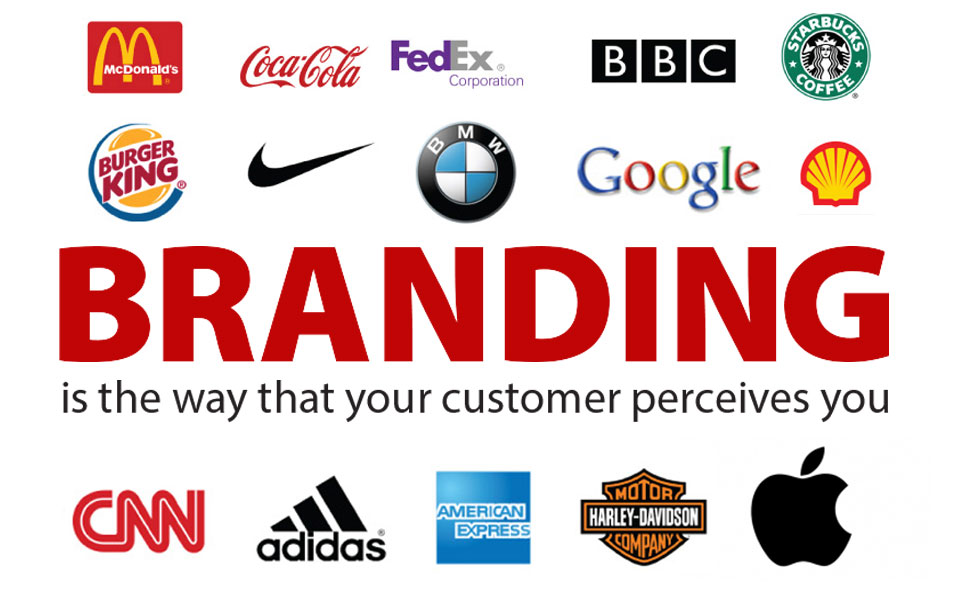For many people, branding is just another word in the sea of marketing jargon. Others might have a clearer idea and see it as getting a great logo for their company or building a certain brand identity. And although branding certainly involves these two things, there is still much more to it.
A Basic Idea
Basically, branding is the expression of the core truth and value of an organization, a product or a service. It means communicating the characteristics and attributes that show what exactly a brand is to the public and the target market in particular. If this is done effectively, the brand is shaped in the consumers’ minds, helping them quickly identify and buy a certain company’s products instead of their competition’s.
Get Started: Finding Your Brand
A good approach to finding your brand is to determine some key aspects of your business. Firstly, you should know your company’s mission. What are you trying to accomplish and why? Other points to clarify include understanding the features and benefits of your products or services, knowing what your customers and prospects currently think of your company, and which qualities you want them to link to your company. That could be, good value for money, functionality, efficiency, attractive design, luxury or any number of other attributes. Once you have an idea of these points, you have a basic framework of your brand that you can further develop.
The Foundation of Your Brand
Once you’ve got all the points above settled, you can start building the foundation of your brand. The most important part of this foundation is your logo. It’s what everybody will see first and start identifying your brand with over time. That’s why your logo needs to reflect your company, its values and its purpose. Then you go from there: put the logo on your website, your packaging and all your communications. Develop a voice, a tone and a style that will be consistent across all channels and use them for everything from internal memos to press releases.
A Successful Brand Strategy
Now that you’ve developed your brand and are ready to get it out there, you will need to set up a brand strategy. This basically means how, what, where, when and to whom you communicate your brand messages. Getting this right will greatly impact your ability to reach your target audience and build that awareness of your brand in their heads that is so important for your success. For example, think of shops you want to sell your product in. If yours is a high-end good, you would want to see it in a fancy shop, not in a place known for bargains and discounts. Going for the wrong outlets could end up confusing your customers by sending mixed messages and ultimately diluting their idea of your brand.
Putting It All Together
Going through the steps outlined above can greatly help you develop your brand and give people a clear image of what you and your company stand for. The important thing is, that once you have established your brand, you stick to it. If you constantly create new and different messages, you will risk confusing people and reduce the power of your brand.
Sticking with one particular style will also save you time and money as you will not be reinventing the wheel for every PR or communications campaign, but you will be able to use tried and tested approaches your customers recognize and are used to buying.
If building this framework for your brand sounds like something you would like a hand with, get in touch with us today to discuss how we can assist you.


